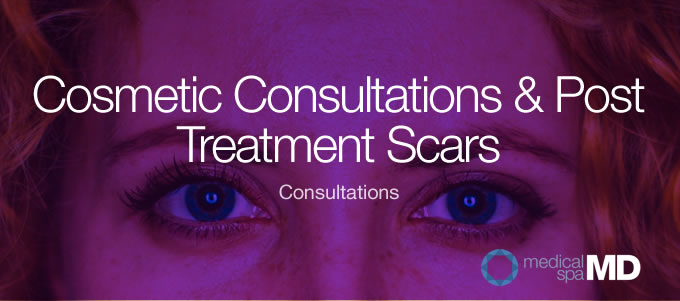Waiting Room Marketing That Sells Automatically
/Your waiting room lets you market directly to your patients when they're most receptive, and video triggers the greatest emotional response and patient inquiries into your services and products.
Marketing to your patients in your waiting room should be like shooting fish in a barrel. After all, they're already inside your clinic and they're sitting there waiting for you. If you're smart, you should be using that time to educate your patients about your services and explaining all of the treatments and programs you're providing.
Don't put out damn magazines and don't install free WiFi!! Why the hell are you wasting this golden opportunity?
Here's a list of the most effective marketing strategies and how you might implement them.
Waiting Room Marketing Videos
The very best waiting room marketing is a customized looped video that goes through your service offering; lasers, fillers, Botox, payment plans, financing, packages and whatever else you're offering. They're emotional, they're aspirational, If you do this correctly it's incredibly powerful and you can count on a slew of new questions, up-sells and cross-sells.
Take a second and view some examples of Frontdesk Custom Marketing Videos >
Note: While the videos all come with music, you'll want to have them looping on mute with just the images or you'll drive yourself crazy listening to the same songs over and over.
Customized Educations Materials
Don't put out general magazines. Instead, build booklets or binders with customized educations materials about your services. You can use the vendors advertising materials to begin but as soon as you can you should look to produce your own materials that explain - from your point of view - the services and treatments from an educational point of view. Patients want this information and it sets the stage for the consultation or treatment room conversations by priming the patient with questions that they can ask. How much do you pay for Restylane? How painful are fillers? What skin type am I? What treatments are synergistic?
Product Displays
Show off the products you are selling in your medical spa.Your products should not be stored in a shelf somewhere. You could probably have patients try out Testers for several products. Make sure the products are visible and accessible by your patients. Not only showing off your products a marketing strategy, it would definitely help your revenue. Make sure they're not expired.
Waiting rooms can be a bore or anxiety inducing, so try out these strategies to put life in your waiting room and see how it works out.























